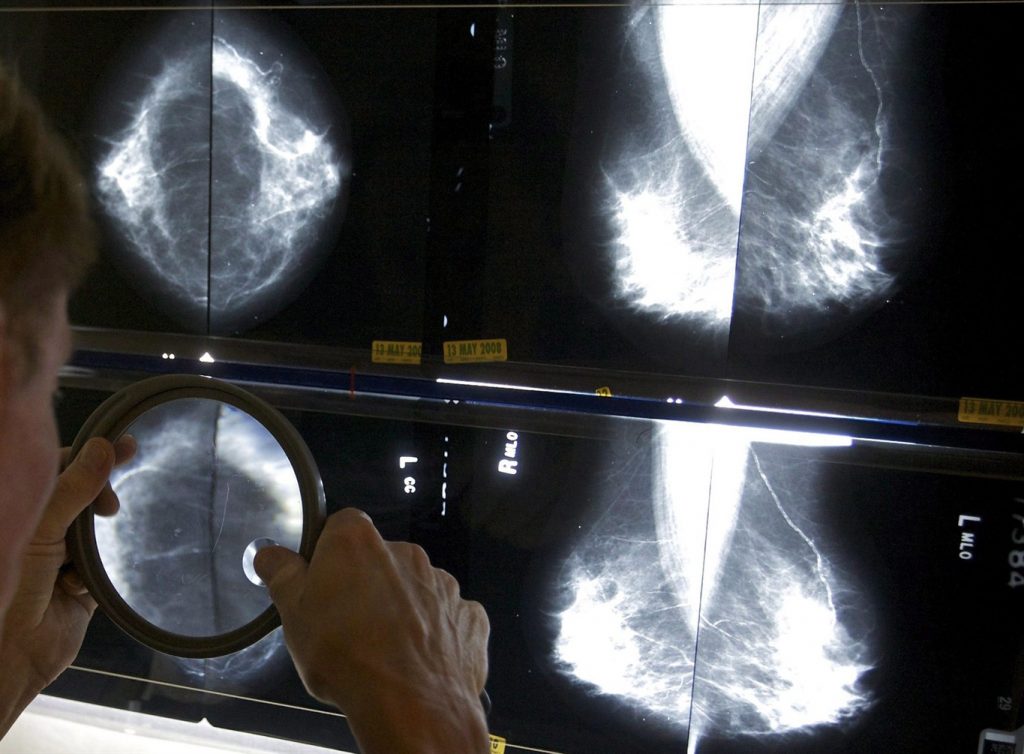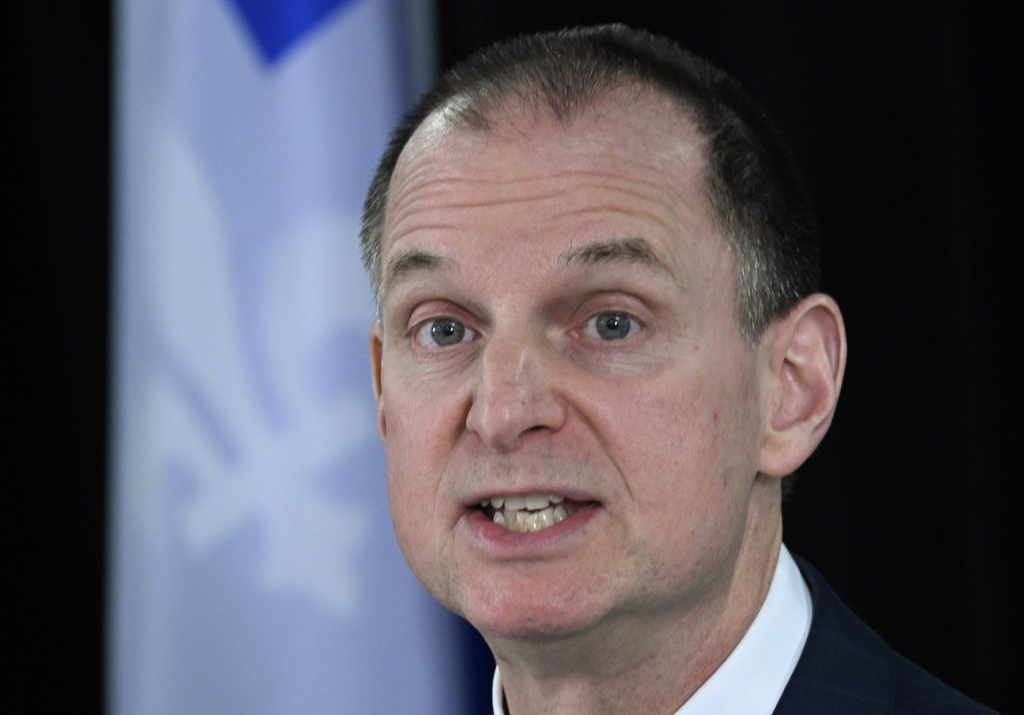Does Quebec have enough resources for breast cancer screenings at 40?

Posted October 18, 2024 11:23 am.
Last Updated October 18, 2024 11:24 am.
Health Minister Christian Dubé announced that he has mandated the Institut national d’excellence en santé et en services sociaux (INESSS) to evaluate the potential expansion of breast cancer screening starting at age 40.
According to researchers at CIRANO, it’s necessary to expand access, but also to ensure better monitoring.
A new study by the Interuniversity Research Centre for the Analysis of Organizations (CIRANO) highlights the delays that Quebec is experiencing in terms of breast cancer screening.
It ranks among the last in Canada in terms of diagnosis times following an abnormal screening result. It also has no guidelines for women with a high-risk factor such as family history or breast density.
During their lifetime, one in eight women will be diagnosed with breast cancer. In Canada, it is the second leading cause of cancer death for women of all ages, but it remains the leading cause for women aged 30 to 49.
In Quebec, when women reach the age of 50, they receive a letter from the government informing them of their eligibility for the Quebec Breast Cancer Screening Program (PQDCS) and they’re invited to make an appointment.
In 2024, the program was extended to women aged 70 to 74.
Quebec has followed in the footsteps of other provinces which have been offering screening up to women aged 74 for many years.
The CIRANO study highlights that Quebec is doing poorly in following up on abnormal mammogram results. According to the research centre, “an outdated cancer registry and a lack of standardization of care contribute to Quebec’s delays.”
“Opening the program is one step, but mammogram appointments also need to be accessible. So, it’s not just about expanding the program, it’s also about making sure that women can get the test, that specialists are able to read the results and that there is follow-up care that is available,” said Erin Strumpf, co-author of the CIRANO study.
“With more mammograms, we’re going to have more abnormal tests that will increase the need for follow-up. This could make wait times even longer. We need to find a way to better organize [follow-ups], not just open access to mammograms,” she added.
Delays in diagnosis have tangible consequences on women’s health. They increase the risk “of having cancer diagnosed at an advanced stage, which leads to more severe treatments and a less favourable prognosis,” reads the study.
According to the Canadian Cancer Society, the five-year survival rate is 99.8 per cent for stage I cancers; 92 per cent for stage II; 74 per cent for stage III; and 23.2 per cent for cancers diagnosed at stage IV.
Strumpf says she believes that it’s possible for Quebec to do better, despite the context of a labour shortage. For example, as soon as a mammogram is done, an electronic file can be shared from remote regions to large urban centres where there are more staff to analyze the results.
“There are certainly ways to increase the efficiency of the system,” she said. “But it’s true that if we want to deploy and offer more services, we normally need more resources.”
Problem accessing data
Quebec data regarding organized screening programs is not available to researchers and journalists, Strumpf noted. Also, data from the Quebec cancer registry is not updated.
The most recent data from this registry shared with the rest of Canada is from 2017.
“This data is not just for the pleasure of researchers, it is to be able to understand: with the interventions we do, are we doing better or not? The request to INESSS is to predict whether it is a good idea or not, but then we also want to know if it was effective,” explained Strumpf.
The Health Ministry makes data on various health issues public on its dashboard but according to the researcher, these only constitute fragments of data that are insufficient to understand, for example, the impacts that come with expanding breast cancer screening.
“It’s better than nothing, I guess, but sometimes putting a few numbers on a website allows the ministry or the government to say: ‘we’ve given information, we can’t be more transparent than that,'” said Strumpf.
Doctor shortages
The idea of screening women at 40 doesn’t necessarily mean that all women would need it, but it would make screening more accessible to women who feel it would benefit them.
To do this, the government should also share and popularize information, said Strumpf.
“In my opinion, it is important that education does not only involve doctors because we know that in Quebec, many people do not have a family doctor. It will be important if we move in this direction that the information necessary for women to be able to measure the advantages and disadvantages is available and popularized so that people can better understand their situation.”
The CIRANO study maintains that the shortage of family doctors in Quebec “undoubtedly constitutes a serious obstacle to diagnosis.”
In some cases, women with symptoms try to find information online, pay at private clinics or go to the emergency room.
Strumpf pointed out that even if the ministry expands the screening program, there will not be “one obvious path” for a 40-year-old woman who wants to get tested. She suggests not putting everything in the hands of oncologists but to make better use of specialized nurses, for example.
INESSS is expected to make its recommendations on screening at the age 40 known by 2025.
Elsewhere in Canada, New Brunswick and Ontario have recently followed the example of British Columbia, Nova Scotia and Prince Edward Island, which have been offering screening at the age 40 for several years. Manitoba announced this fall that by the end of 2025, the age of eligibility will drop from 50 to 45, with the goal of eventually lowering it to 40.
—
The Canadian Press’ health content is funded through a partnership with the Canadian Medical Association. Editorial choices are solely the responsibility of The Canadian Press.
–This report by La Presse Canadienne was translated by CityNews








